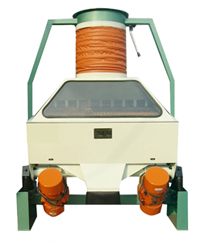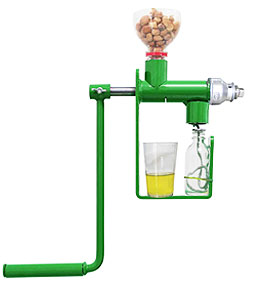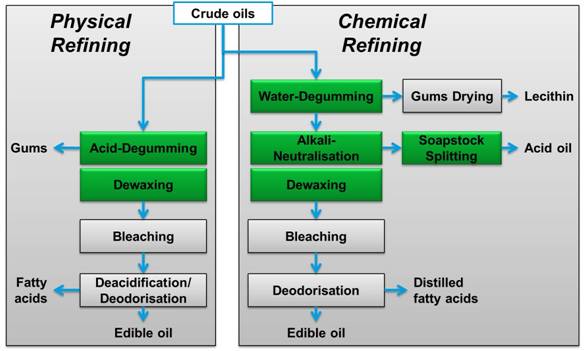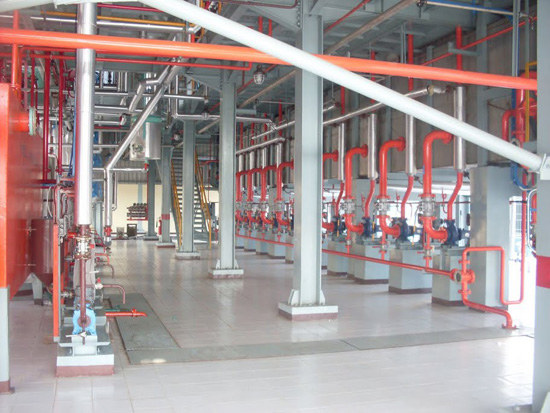KMEC destoner machine occupy an important place in the seed treatment procedure. At Tinytech Udyog, we manufacture Destoner machine which gives best functional usage with high performance. Destoners are used during the seed cleaning process to remove unwanted materials like stones, sand, glass, metal pieces and other foreign particles.
Destoners are used in oil mills in order to fully eliminate the presence of such undesirable materials. The working process of destoners is very simple. Air is forced through the materials with the help of the pressure fans, which are located in the body of the machine. This separates the heavier material from the lighter ones.
Destoning helps in increasing the purity and quality of the seeds, which then further increases the quality of the oil that is extracted from these seeds. These machines are used for cleaning all sorts of seeds such as Soyabean, Mustard Seeds, Rape Seeds, Groundnuts, and Cotton Seeds etc.
Salient features of KMEC Destoner Machine:
- 1.Gives high degree of accuracy.
- 2.Air flow and feed rate can be easily controlled.
- 3.Eliminates dust problems.
- 4.Compact in size and easy to use.
- 5.Useful for varied applications.
- 6.Low maintenance for long life and smooth operations.
- 7.Improved drive and thrust.


 Making your own cooking oils means that you control the ingredients that go into your food, the
Making your own cooking oils means that you control the ingredients that go into your food, the 

